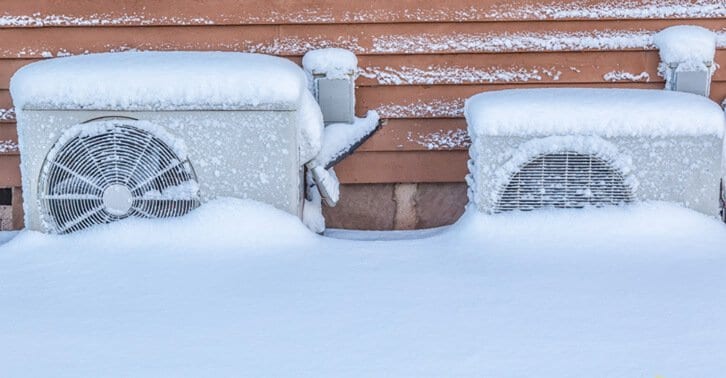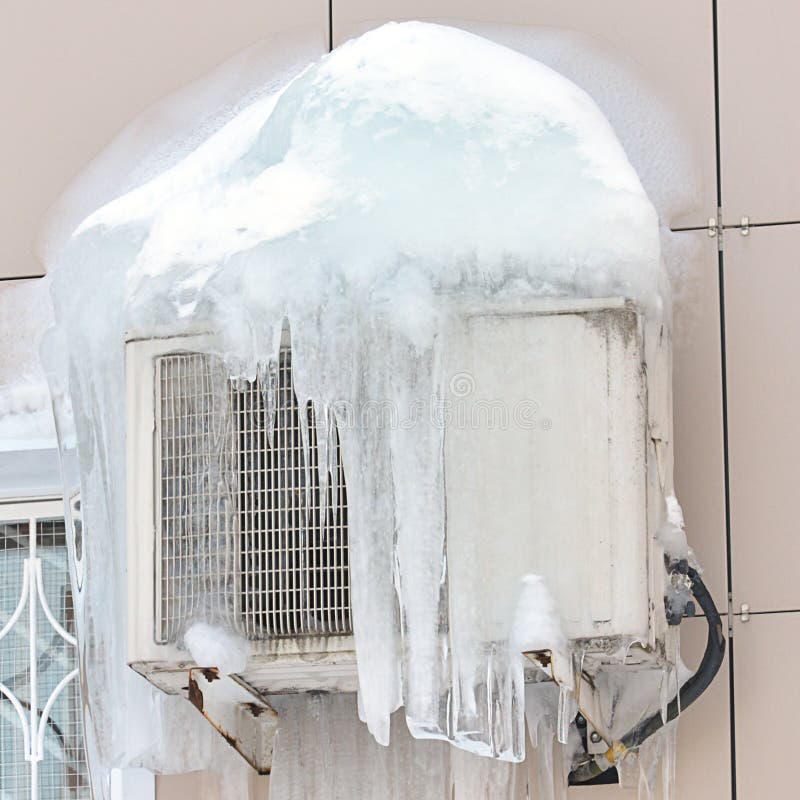What Should I Do If My AC Pipe Is Frozen? - Essential Tips for Restoring Functionality
What Should I Do If My AC Pipe Is Frozen? - Essential Tips for Restoring Functionality
Blog Article
What're your ideas concerning How can I fix an air conditioner’s frozen pipe??

Intro
Finding that your air conditioner pipe is iced up can be worrying, especially during hot summer season when you count on your air conditioner the most. Understanding what to do in such a situation is crucial to prevent additional damage to your air conditioning system and ensure your comfort inside.
Comprehending the Causes
Several aspects can add to the cold of an air conditioner pipeline. Recognizing these reasons can assist you deal with the issue effectively.
Lack of Airflow
One common reason for a frozen air conditioning pipe is inadequate airflow. When the air flow over the evaporator coil is limited, it can create the coil to go down below freezing temperature level, resulting in ice formation on the pipe.
Low Refrigerant Levels
Insufficient refrigerant levels in your a/c system can additionally result in a frozen pipe. Low cooling agent levels can cause the stress in the system to drop, bring about the cold of wetness on the evaporator coil.
Winter Conditions
In cooler environments, freezing temperature levels outside can add to the freezing of AC pipelines. If your AC device is not effectively protected or if there are leaks in the ductwork, cold air can infiltrate the system, causing the pipeline to freeze.
Dirty Air Filters
Filthy or blocked air filters can restrict airflow in your air conditioner system, causing various issues, including an icy pipeline. It's important to replace or cleanse your air filterings system on a regular basis to guarantee proper airflow and prevent ice buildup.
Indications of a Frozen Air Conditioning Pipe
Identifying the indications of a frozen a/c pipeline is essential for punctual activity.
Decreased Airflow
If you observe a significant reduction in air flow from your vents, it could show a frozen pipeline.
Ice Buildup on the Pipe
Noticeable ice accumulation on the cooling agent line or the evaporator coil is a clear indicator of an icy air conditioning pipeline.
Weird Sounds from the Unit
Unusual audios, such as hissing or bubbling, originating from your air conditioning unit can signify that there's ice present on the pipe.
Immediate Actions to Take
When faced with an icy AC pipe, it's essential to act quickly to avoid more damages to your air conditioning system.
Turning off the air conditioning
The primary step is to switch off your air conditioning system to avoid the system from running and exacerbating the problem.
Looking for Blockages
Evaluate the area around the indoor system for any kind of obstructions that may be blocking air movement, such as furnishings or drapes.
Defrosting the Pipe
You can use gentle approaches like putting towels taken in warm water around the icy pipeline to aid thaw it gradually.
Safety nets
Taking preventive measures can help stay clear of future incidents of an icy air conditioning pipeline.
When DIY Methods Fail
If your attempts to thaw the pipe or address other concerns are unsuccessful, it's time to contact a specialist.
Importance of Hiring a Professional HVAC Technician
A certified HVAC specialist has the expertise and tools required to diagnose and fix issues with your air conditioner system securely and properly.
Normal Maintenance Checks
Set up normal upkeep get in touch with a professional HVAC technician to ensure that your AC system is running efficiently.
Changing Air Filters
Routinely replace or clean your air filters to prevent airflow constraints and keep optimum efficiency.
Protecting Exposed Pipes
If your a/c pipes are subjected to chilly temperatures, consider protecting them to avoid freezing during cold weather.
Looking For Professional Help
If DIY techniques stop working to deal with the issue or if you're uncertain about how to proceed, it's best to look for help from a qualified HVAC specialist.
Conclusion
Managing an icy air conditioning pipe can be a frustrating experience, yet recognizing just how to react can help minimize damage and recover comfort to your home. By understanding the reasons, acknowledging the indicators, and taking prompt activity, you can effectively deal with the concern and prevent future events.
Frozen AC Line: Why It Happens & What To Do About It
A frozen AC line can be a rather peculiar sight in a place like Phoenix, Arizona where nothing ever freezes. In this post, we’ll discuss what makes an air conditioner line frozen – and what you can do about it.
Dirty Air Filters
Did you know that you should be cleaning or replacing your air filters on a monthly basis? Failing to do this can result in airflow issues that, in turn, cause your evaporator coils and lines to freeze over. You’ll notice a buildup of ice on both components, although the buildup on your pipes will, of course, be more evident unless you open your air condition up to reveal the coils.
What To Do About It
Give your air filter a good cleaning if it’s reusable. If not, replace the filter outright. Next, switch your air conditioner’s fan setting on and leave it there for 2-3 hours. This will draw warm air in, helping to thaw your evaporator coil. You can also check out this article for some tips on cleaning the coils themselves if you’d like to speed the process up. Before you switch the unit back to its normal state, make sure the supply vents are completely unobstructed and free of dust or other debris.
If you keep having this issue even after replacing your filters regularly, contact a local HVAC repair company and have them inspect your evaporator coil, ductwork, and any other components that may be at fault. If you live in the Phoenix, Arizona area, give American Home Water and Air a call.
Low Refrigerant Levels/Leakage
What To Do About It
Contrary to what air conditioner “recharge” companies often tell their clients about refrigerant, it should never need to be simply refilled. You see, refrigerant runs in what experts refer to as a “closed loop.” Refrigerant really shouldn’t be leaving that loop. If it is, you’ve got a leak.
Paying someone to come and pump more refrigerant into your system (aka “recharge” it) isn’t the solution. Doing that will simply kick the can down the road. Besides, refrigerant leaks can be harmful to the environment and people in your home.
Rather, you need to take care of the leak with the help of a technician. Check out this article for some more information about dealing with air conditioners that are leaking refrigerant. Before you contact a technician, switch your thermostat to the off position. Then, switch the fan setting on and let it run for 2-3 hours so the unit can thaw.
Improper Temperature Setting
Improper temperature settings can also cause a drop in your air conditioner’s pressure. What many people don’t realize is that air conditioners are actually designed to run when temperatures have fallen above roughly 60 degrees Fahrenheit. If you run the unit when it’s cold outside, you’ll run into many issues, including frozen components.

We had been made aware of that write-up on What Do I Do If My AC Pipe Is Frozen from someone on another website. Make sure you set aside a second to promote this article if you enjoyed it. Thanks so much for taking the time to read it.
Recurring Service Plans Report this page